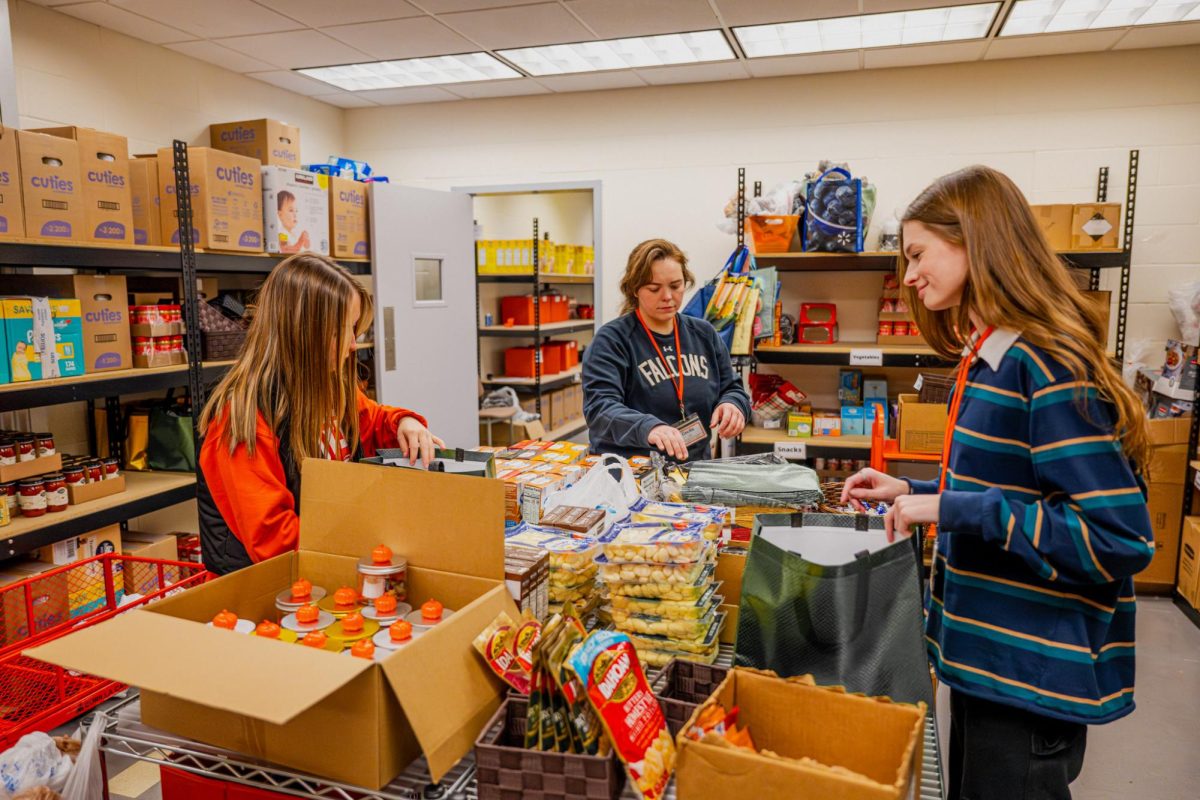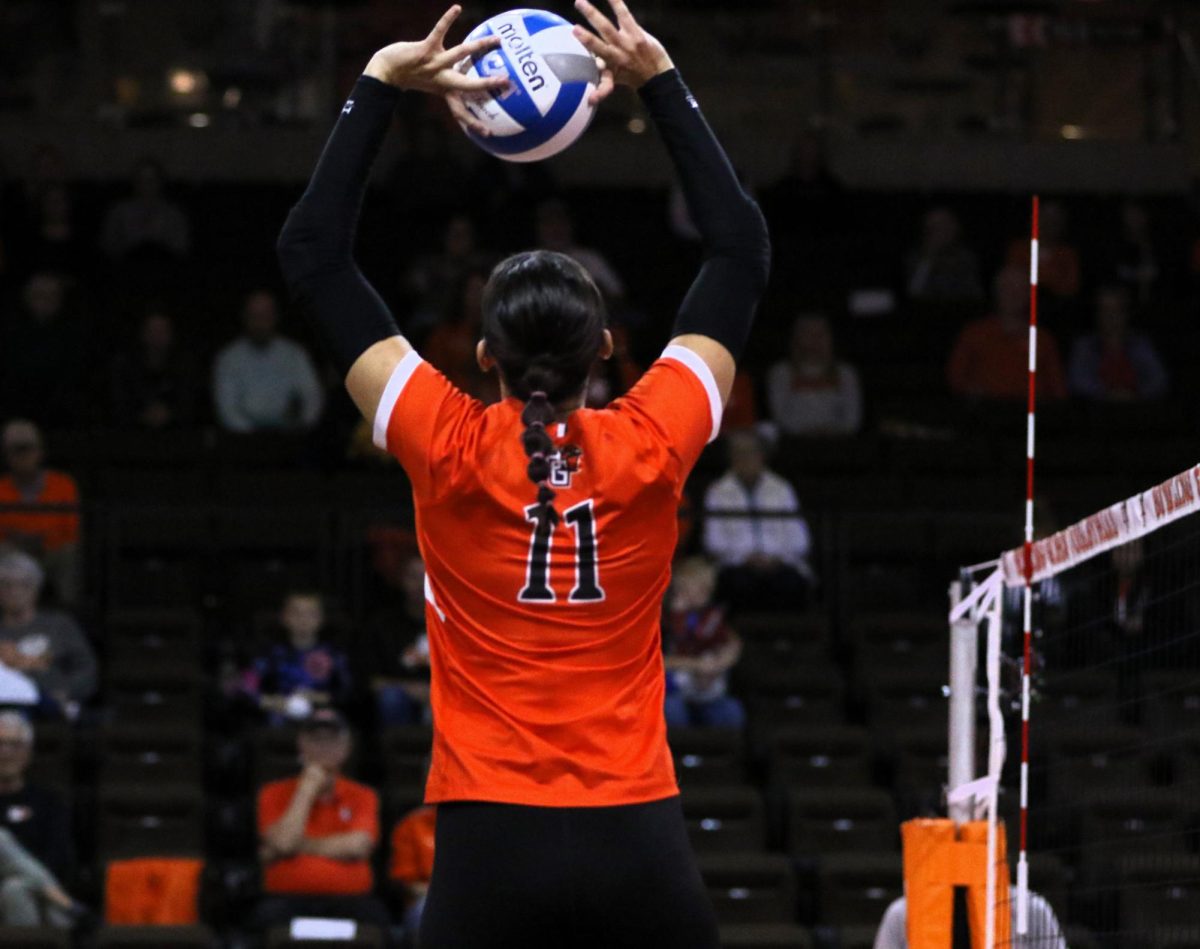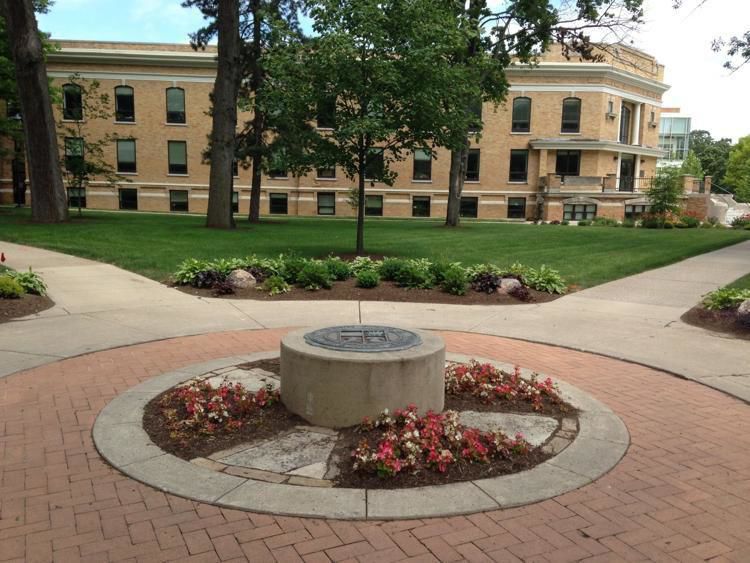Sept. 10 through Sept. 16 was National Suicide Prevention Week (NSPW), and unless you already have an explicit interest in the prevention of suicide, you might not have heard about it. Maybe missing out on important information during Suicide Prevention Week didn’t cause you to think twice. But when suicide is the second highest leading cause of death for young adults ages 15 to 24 in the Midwest according to the Center for Disease Control and Prevention, having a week dedicated to resources and prevention tips could be the difference between someone’s life or death.
I found out about National Suicide Prevention Week from LifeAct, a suicide prevention and education organization based in Northeast Ohio, and the American Foundation for Suicide Prevention (AFSP), both of which have newsletters I subscribe to. Their newsletters send out tons of information about warning signs, prevention and resources for anyone who needs help. It is from these newsletters that I received pertinent information regarding NSPW, not from the University.
College age students, from undergraduates to graduates, fall within the age group most affected by suicide. So why was there no obvious promotion of information that could easily be relevant in our lives in light of this national awareness campaign? Where was the University while National Suicide Prevention Week was going on? What about all of the campus resources, mental health organizations or wellness groups?
Two weeks after NSPW took place, I still don’t know the answers to those questions, but I do know that the awareness and prevention that could have been spread during that week can still be brought to campus. I have compiled some of the resources from the massive campaigns that LifeAct, AFSP and other groups ran during NSPW and continue to run. Here are just some of many things you can do to help share a little hope:
1. Get educated. Go out and research how illnesses like depression affect the mind. Ask people who are comfortable with sharing what they’ve been through to tell you their story. Know the warning signs (talking about having no reason to live, isolating themselves from friends and family or loss of interest in activities that they used to enjoy). Know that suicide can affect anyone no matter their gender, race, background or anything else.
2. Show your support. Being knowledgeable about suicide is the first step, and taking action in a way that gives people a reason to be happy and have hope comes next. Little things can make a big impact: leaving someone an uplifting note, letting people know that you’re there to listen to them, offering to take friends who are struggling to the Counseling Center on campus, checking in with friends often to see how their mental health is doing and not being afraid to say “suicide” so it decreases stigma.
3. Register for an AFSP Out of the Darkness Walk. There are walks coming up in October in Toledo, Dayton, Cleveland, Cincinnati and more. Go on a road trip with friends to walk to raise money and awareness for suicide prevention or be the first to bring a walk to the University by contacting AFSP.
4. Use the power of social media. AFSP has some informational graphics on their website specifically for sharing on social media platforms. Download them and encourage everyone to repost. Increase awareness and decrease the stigma surrounding mental illness and suicide through a simple Twitter or Facebook post. #StopSuicide
5. Find help if you or a friend need it. Make use of all of the on-campus resources for everything from periodic stress to suicidal thoughts. If you need someone to talk to, call the National Suicide Prevention Lifeline at 1-800-273-8255.







